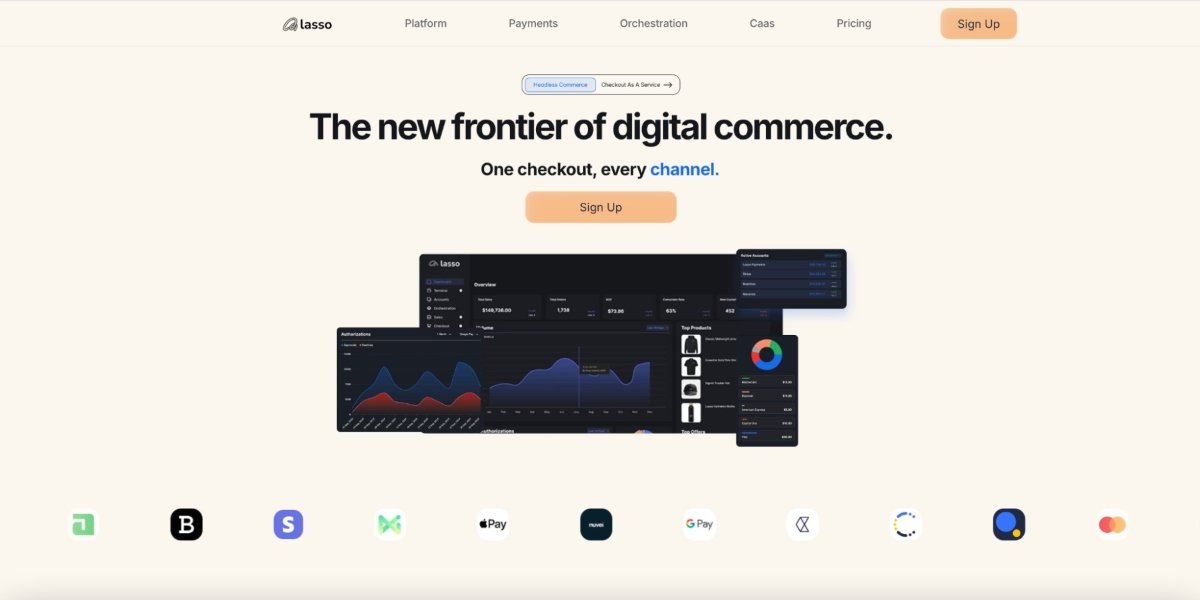In today’s fast-paced world of business, staying competitive means keeping up with technology trends that can simplify tasks, boost efficiency, and connect you with customers. Whether you run a small startup or a well-established company, integrating cutting-edge tech solutions into your operations isn’t just a luxury—it’s essential for sustainable business growth. Let’s explore how modern tools can help your company thrive, without overcomplicating the process.
Why Technology Matters for Modern Businesses
Think of business technology as the backbone of your operations. It supports everything from communication and data management to customer service and marketing. For example, automation tools can handle repetitive tasks like invoicing or email responses, freeing your team to focus on creative, high-impact work. Similarly, cloud-based platforms let employees collaborate in real time, even if they’re working remotely.
The key is to adopt tools that align with your goals. If you’re a retail business, investing in an AI-powered chatbot could improve customer support. If you’re in manufacturing, Internet of Things (IoT) sensors might help track equipment performance and reduce downtime. The goal isn’t to use every new tool—it’s to choose the ones that solve specific problems for your business.
How Tech Solutions Drive Growth
- Streamline Operations with Automation
Manual processes waste time and increase the risk of errors. Tools like CRM software (Customer Relationship Management) or project management apps can automate tasks like lead tracking, scheduling, and inventory updates. For instance, a bakery using a point-of-sale (POS) system with inventory tracking can automatically reorder flour when stocks run low, avoiding delays in production. - Make Data-Driven Decisions
Modern businesses generate mountains of data, but without the right tools, it’s hard to turn that data into insights. Analytics platforms like Google Analytics or Tableau help you understand customer behavior, sales trends, and marketing performance. A local gym, for example, might use member attendance data to identify peak hours and adjust staffing schedules accordingly. - Enhance Customer Experiences
Today’s customers expect fast, personalized service. AI-driven chatbots can answer FAQs 24/7, while personalized email marketing tools (like Mailchimp) let you send tailored offers based on past purchases. Even simple upgrades, like a mobile-friendly website or a quick checkout process, can significantly improve customer satisfaction. - Scale Flexibly with Cloud Solutions
Cloud computing allows businesses to scale resources up or down based on demand. A seasonal business, like a holiday decor company, can increase server capacity during peak months without paying for unused space the rest of the year. This flexibility reduces costs and supports steady growth.
Overcoming Common Tech Integration Challenges
Adopting new technology isn’t always smooth. Here’s how to tackle common hurdles:
- Budget Constraints: Start small. Free or low-cost tools like Trello (for project management) or Canva (for design) can deliver immediate benefits without a big investment.
- Resistance to Change: Involve your team early. Provide training sessions and explain how new tools will make their jobs easier.
- Security Concerns: Protect your data by choosing platforms with strong encryption and multi-factor authentication. Regularly update software to fix vulnerabilities.
Building Trust Through Technology
Customers and partners are more likely to trust businesses that use secure, transparent tech practices. For example:
- Use SSL certificates on your website to encrypt customer data during transactions.
- Clearly explain how you collect and use customer data in your privacy policy.
- Highlight customer reviews or case studies to show real-world success with your tech solutions.
Trust isn’t just about security—it’s also about reliability. If your website crashes during a sale or your payment gateway glitches, customers may lose confidence. Test tools thoroughly before launching them widely.
Future-Proofing Your Business
Technology evolves quickly, but you don’t need to chase every trend. Focus on building a flexible tech stack that can adapt over time. For example:
- Choose software that integrates with other tools (like Zapier, which connects apps automatically).
- Stay informed about emerging technologies relevant to your industry. Follow blogs, attend webinars, or join industry forums.
- Regularly audit your tech tools. Ask: Is this still saving time/money? Does it align with our current goals?
Getting Started: Simple Steps to Embrace Tech
- Audit Your Current Tools: List all software and systems you use. Identify gaps (e.g., “We need a better way to track customer complaints”).
- Prioritize Solutions: Tackle one problem at a time. Start with tools that address urgent needs, like cash flow management or customer retention.
- Train Your Team: Offer hands-on workshops or create short video tutorials to ease the learning curve.
- Measure Success: Set clear metrics. For example, if you implement a chatbot, track how many customer queries it resolves without human intervention.
Final Thoughts
Cutting-edge tech solutions aren’t about being flashy—they’re about working smarter. By automating repetitive tasks, leveraging data, and improving customer interactions, you create a foundation for long-term business growth. Remember, you don’t need to overhaul everything overnight. Start with small, strategic changes, learn from the results, and build from there.
The future belongs to businesses that blend human creativity with the power of technology. Are you ready to fuel your growth?











